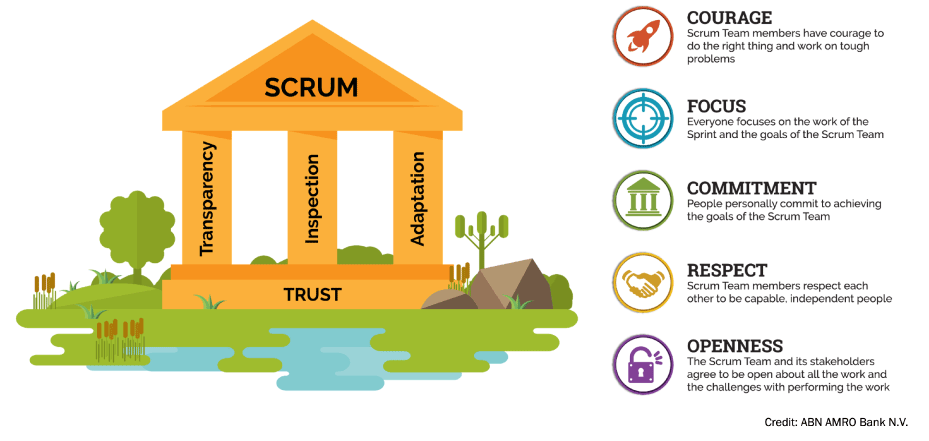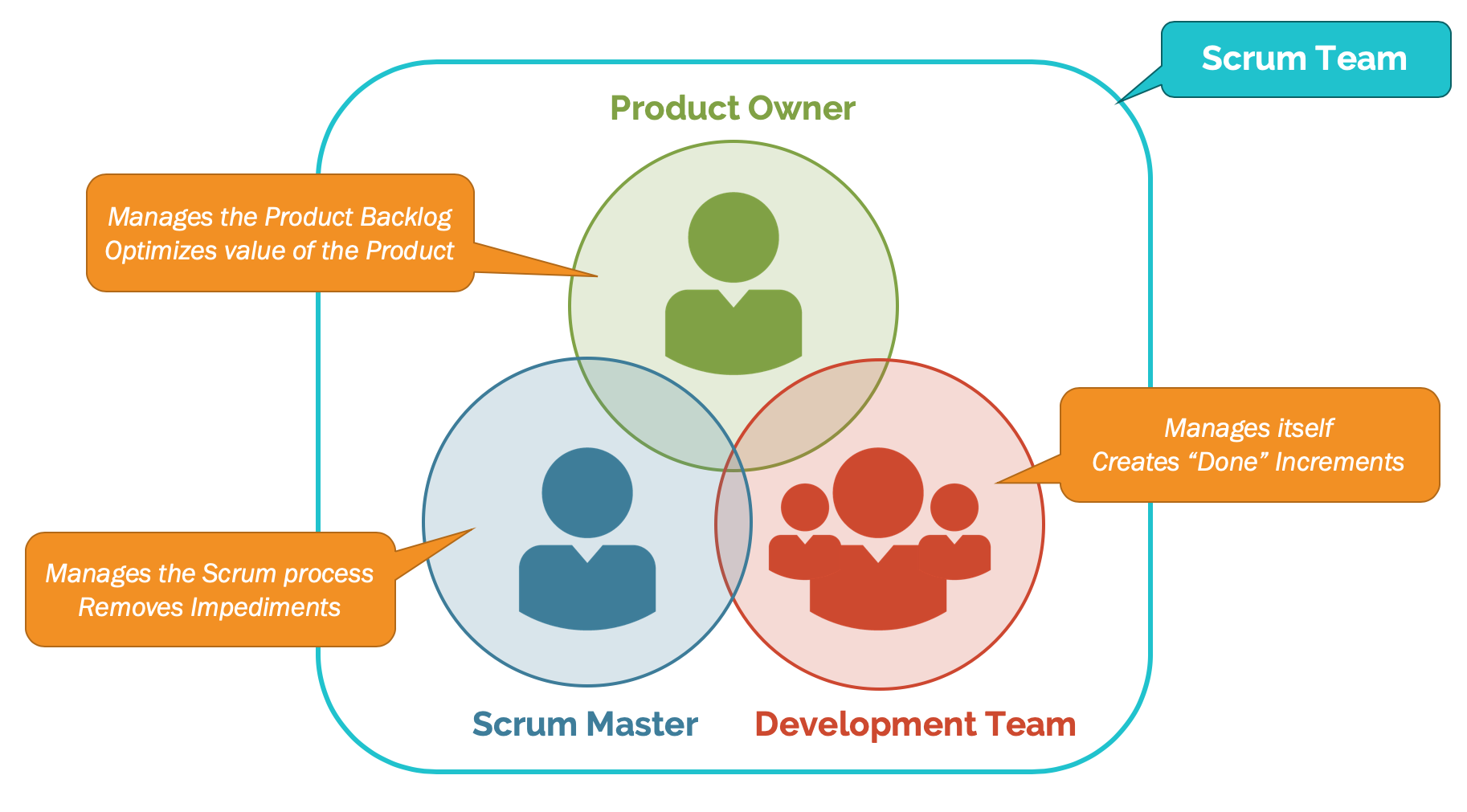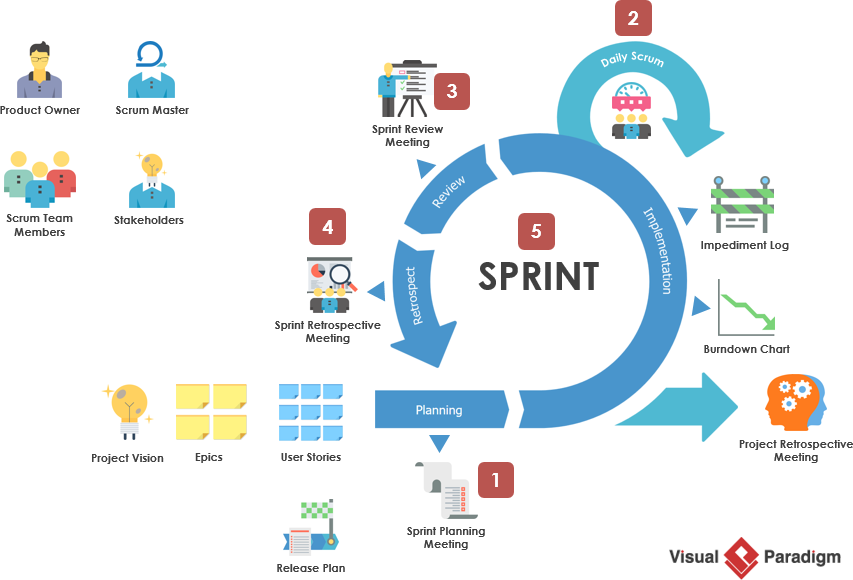Scrum is an Agile framework designed to help teams develop, deliver, and sustain complex products effectively. Originally proposed by Jeff Sutherland and Ken Schwaber in the early 1990s, Scrum has since gained widespread adoption across various industries beyond software development, including marketing, education, and healthcare.
At its core, Scrum is guided by 3 key principles.These principles form the foundation of Scrum, guiding the team in its pursuit of agility, efficiency, and excellence in product development.
-
Transparency: Scrum emphasizes transparency in all aspects of the project. This means that all information relevant to the project should be visible and accessible to the entire Scrum Team. Transparency fosters trust and informed decision-making, enabling the team to work more effectively towards achieving its goals.
-
Inspection: Inspection is a fundamental aspect of Scrum, involving frequent and regular reviews of the product, processes, and progress. Inspection provides valuable feedback loops that enable continuous improvement and ensure that the product meets stakeholders' expectations.
-
Adaptation: Scrum embraces adaptability as a core principle, recognizing that change is inevitable in complex projects. Scrum encourages continuous adaptation through iterative development and regular retrospectives, allowing the team to optimize its approach and deliver greater value with each iteration.
Scrum defines 3 primary roles:
-
Product Owner: Represents stakeholder interests, prioritizes backlog, clarifies requirements, and accepts completed work.
-
Scrum Master: Facilitates team adherence to Scrum, removes obstacles, fosters collaboration, continuous improvement, and self-organization.
-
Development Team: Professionals responsible for delivering product increments, collaborating closely to transform backlog items into shippable products.
Scrum prescribes several practices to facilitate effective project management and product development:
-
Sprint Planning: Collaborative session defining Sprint Goal and backlog items, ensuring purpose clarity and effort alignment.
-
Daily Scrum: Short meeting for synchronizing activities, discussing progress, and identifying impediments, fostering transparency and quick decision-making.
-
Sprint Review: Presentation of completed work to stakeholders, gathering feedback for alignment with customer needs.
-
Sprint Retrospective: Reflective meeting for process examination, fostering continuous improvement and team effectiveness enhancement.
Scrum offers numerous benefits to organizations seeking to enhance their agility and deliver value more efficiently:
-
Faster Time-to-Market: Break projects into small, manageable iterations for quicker delivery.
-
Enhanced Flexibility: Adapt to changing requirements and market conditions more effectively.
-
Improved Collaboration: Foster collaboration, shared understanding, and ownership.
-
Higher Quality Deliverables: Prioritize transparency, inspection, and adaptation for better products.
-
Increased Stakeholder Satisfaction: Engage stakeholders for better alignment and satisfaction.
-
Reduced Risk: Identify and address risks early for project success.
-
Enhanced Team Morale: Foster supportive work environment for higher morale.
-
Predictable Delivery: Establish reliable delivery cadence for better planning.
-
Optimized Resource Utilization: Maximize value with available resources through continuous improvement.
-
Cultural Transformation: Shift towards Agile mindset for adaptability and competitiveness.
In summary, Scrum is a powerful Agile framework that empowers teams to deliver value iteratively, adapt to change quickly, and continuously improve their processes and outcomes. By embracing Scrum principles and practices, organizations can enhance their agility, accelerate innovation, and thrive in today's competitive landscape.


